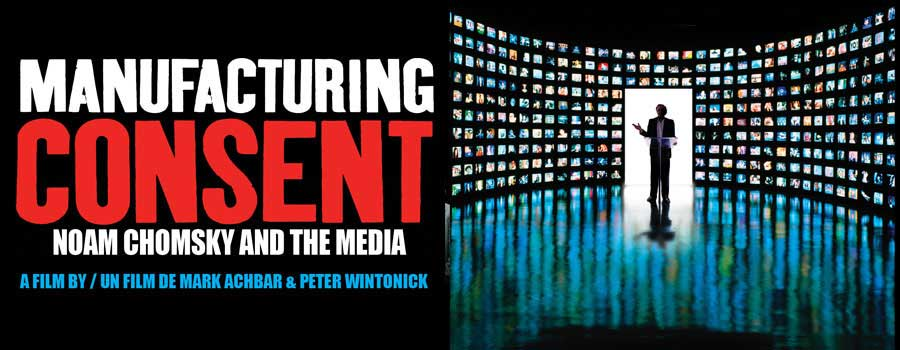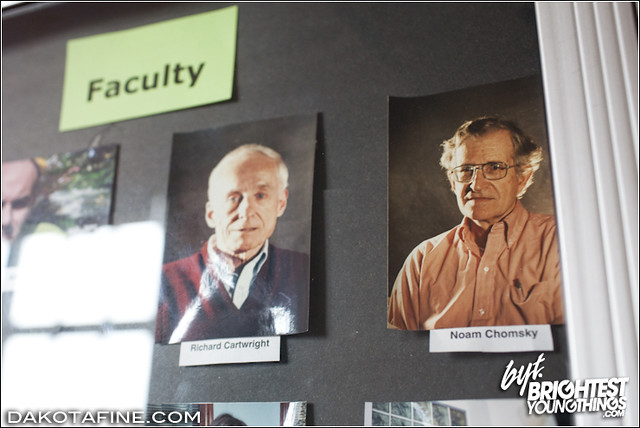Last week, Nathan Jurgenson linked to an interview with Noam Chomsky, where Chomsky argued that social media is superficial:
Jeff Jetton: Do you think people are becoming more comfortable communicating through a device rather than face to face or verbally?
Noam Chomsky: My grandchildren, that’s all they do. I mean, of course they talk to people, but an awful lot of their communication is extremely rapid, very shallow communication. Text messaging, Twitter, that sort of thing.
Jeff Jetton: What do you think are the implication for human behavior?
Noam Chomsky: It think it erodes normal human relations. It makes them more superficial, shallow, evanescent. One other effect is there’s much less reading. I can see it even with my students, but also with my children and grandchildren, they just don’t read much.
Jeff Jetton: Because there’re so many distractions, or…?
Noam Chomsky: Well you know it’s tempting…there’s a kind of stimulus hunger that’s cultivated by the rapidity and the graphic character and, for the boys at least, the violence, of this imaginary universe they’re involved in. Video games for example. I have a daughter who lives near here. She comes over Sunday evening often for dinner. She brings her son, a high school student. And of course he hasn’t done any homework all weekend, naturally, so he has to do all his homework Sunday night. What he calls doing homework is going into the living room while we’re eating, sitting with his computer and with his headphones blaring something, talking to about ten friends on whatever you do it on on your computer, and occasionally doing some homework.
Jeff Jetton: How do you know what he’s doing?
Noam Chomsky: I watch him.
Jurgenson offered an epistemological critique of Chomsky, arguing that Chomsky’s dismissal of social media as superficial fits a long-standing pattern of affluent white academics maintaining their privileged position in society by rejecting media that is accessible to non-experts. Jurgenson pointedly asks “who benefits when what you call “normal” human relationships get to be considered more “deep” and meaningful?” Chomsky is seemingly ignorant to the use of Twitter and other networks in shaping the Arab Spring and the #Occupy movement; or the fact that young people are voraciously sharing and consuming important news stories through these same networks; or that Blacks and Hispanics were early adopters of smartphones; or that gay men have been pioneers in geo-locative communication. In many cases, historically-disadvantaged groups have used social media technology to find opportunities previously foreclosed to them. For these folks, social media is hardly trivial. more...







 There has been some terrific debate on my theorizing of what I call “augmented reality.” In brief, I reject “digital dualism”, the tendency to view the on and off line as separate spheres, and instead argue that we should view them as enmeshed, creating what I call “augmented reality.” [
There has been some terrific debate on my theorizing of what I call “augmented reality.” In brief, I reject “digital dualism”, the tendency to view the on and off line as separate spheres, and instead argue that we should view them as enmeshed, creating what I call “augmented reality.” [
